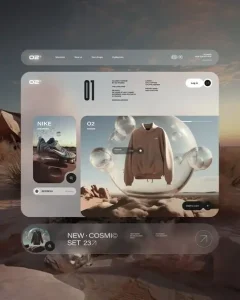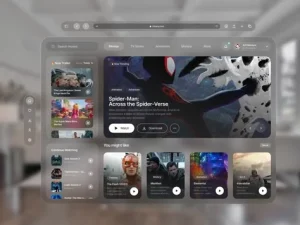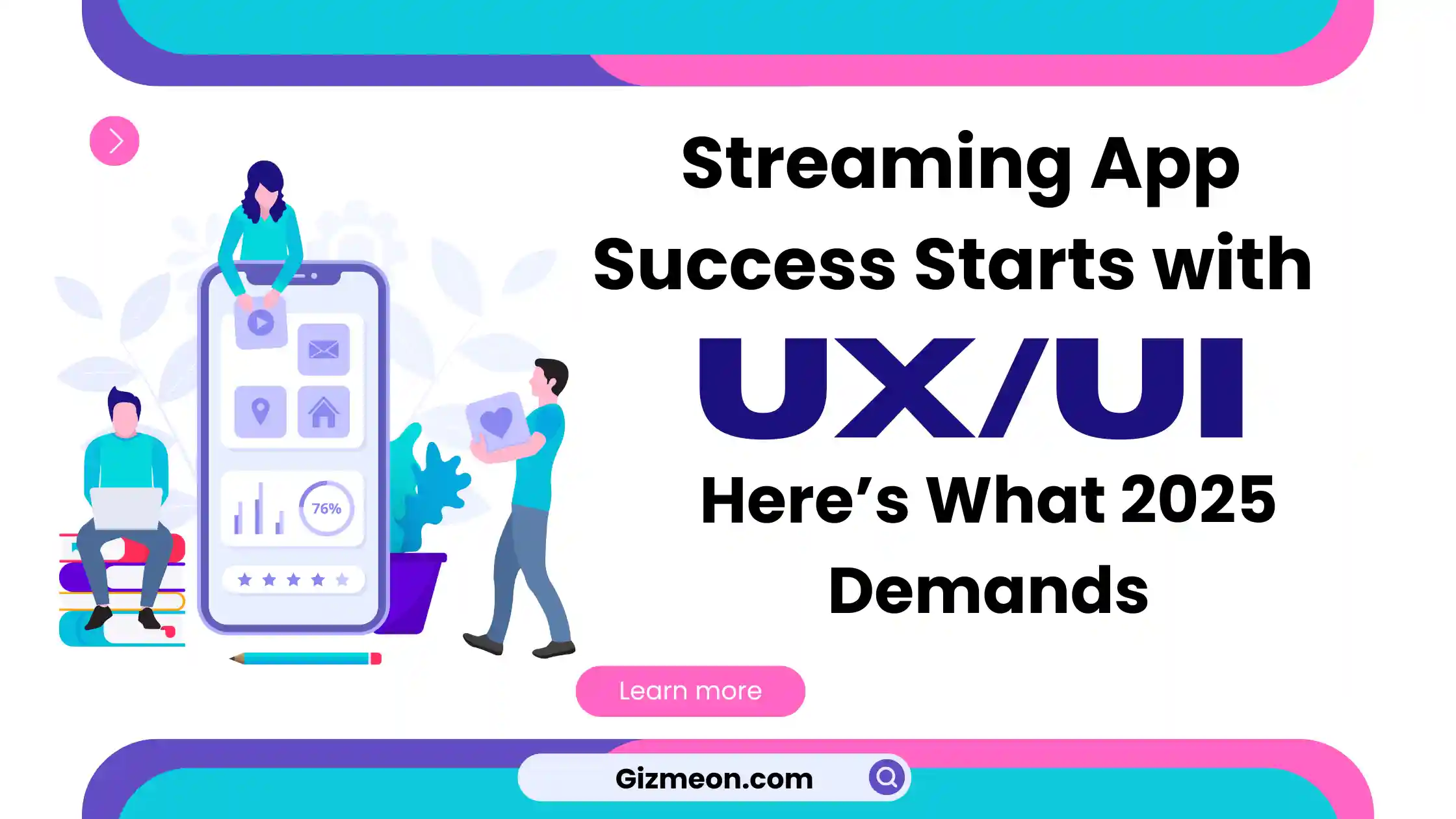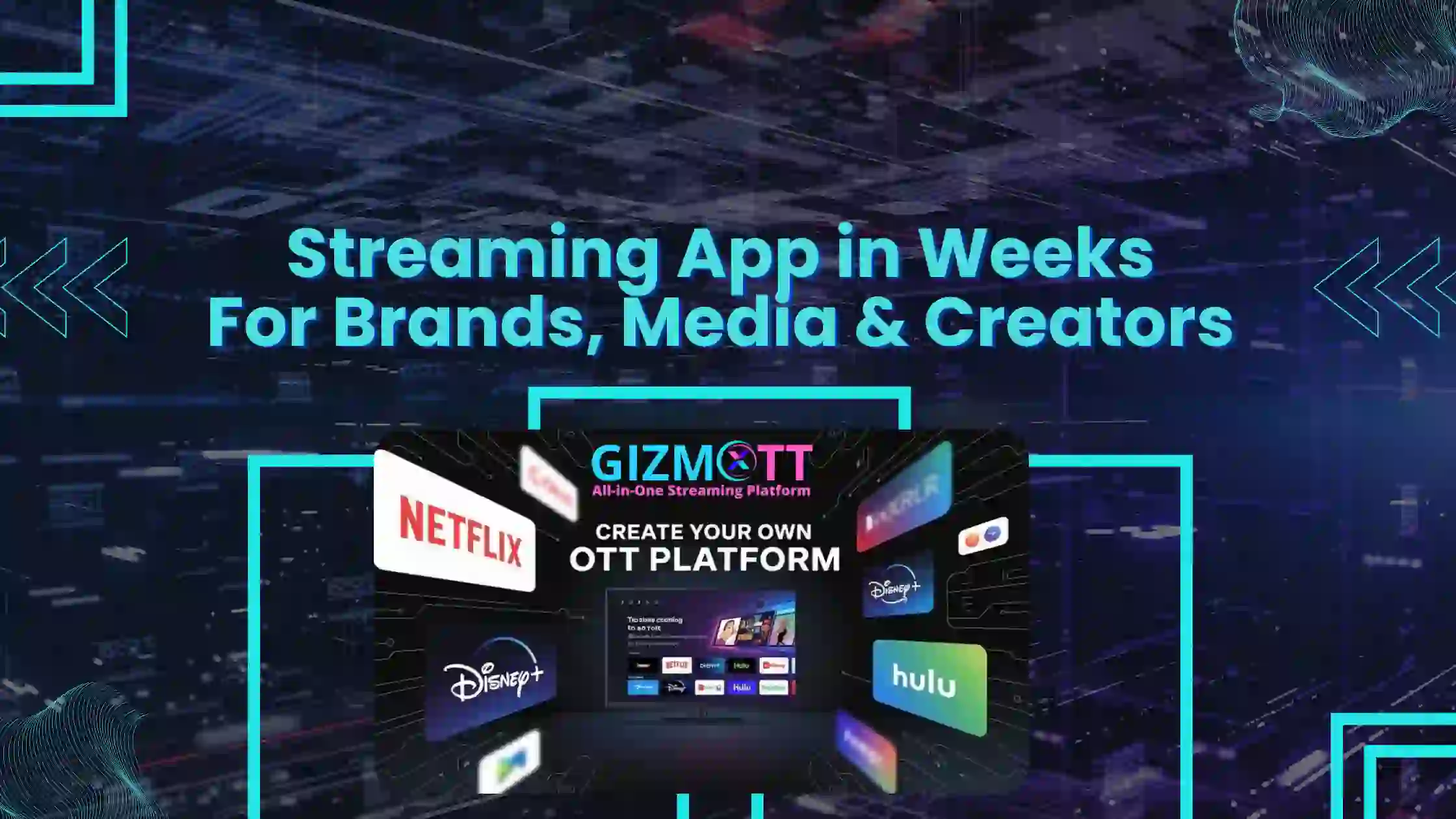The way we consume entertainment has changed dramatically. From long cable subscriptions to binge-worthy streaming, Over-the-Top (OTT) platforms have taken center stage. But the streaming landscape isn’t just about content anymore—it’s about how users experience that content. A seamless, intuitive, and engaging user interface (UI) and user experience (UX) can make or break an OTT platform.
In 2025, the bar is higher than ever. Users expect platforms to be fast, easy to navigate, and personalized. In this blog, we explore the core UI/UX practices that make an OTT app truly user-friendly and why getting this right is essential for success.
Why UI/UX Is Crucial for OTT Platforms Today
A strong UI/UX design is not just a nice-to-have feature—it’s fundamental to user satisfaction and platform loyalty. When users open an OTT app, their first impression often determines whether they continue exploring or abandon the platform entirely. A smooth, well-designed interface ensures users can access content effortlessly, discover new shows or movies easily, and enjoy uninterrupted streaming.
fundamental to user satisfaction and platform loyalty. When users open an OTT app, their first impression often determines whether they continue exploring or abandon the platform entirely. A smooth, well-designed interface ensures users can access content effortlessly, discover new shows or movies easily, and enjoy uninterrupted streaming.
Top UI/UX Best Practices That Make OTT Apps User-Friendly in 2025
1. Personalization Matters
Users crave content that reflects their tastes. Personalized recommendations, watchlists, and content suggestions based on viewing history help users feel connected to the platform. Smart algorithms that learn user behavior and preferences are key to enhancing engagement.
2. Intuitive Navigation
An OTT platform must offer clear and logical navigation. Well-organized categories, prominent search functionality, and thoughtfully arranged menus allow users to find content quickly and easily. Reducing friction in the browsing experience helps retain viewers longer.
3. Cross-Device Compatibility
Today’s users stream content across smartphones, tablets, smart TVs, and desktops. A consistent experience across all platforms is essential. Mobile apps should be optimized for small screens, while smart TV apps should be remote-friendly with simplified interfaces and easy content discovery.
4. Theme Flexibility: Light & Dark Modes
Visual comfort plays a significant role in user retention. Offering both light and dark themes allows users to select an interface that suits their preferences and viewing environment. This not only enhances usability but also adds a layer of personalization.
5. Seamless Onboarding Experience
First impressions count. If new users are faced with long sign-up forms or complicated processes, they may exit before exploring the content. Easy sign-in options like social logins, minimal input fields, and skip features make onboarding faster and smoother.
6. Interactive Previews and Smart Thumbnails
Modern viewers often want a quick glimpse before committing to a show. Features like hover previews, auto-play trailers, and interactive thumbnails provide just enough context to help users decide without navigating away from the main feed.
7. Accessibility for All Users
Designing for inclusivity is no longer optional. Your OTT platform should be accessible to users with disabilities, featuring closed captions, adjustable font sizes, high contrast modes, and screen reader support. Accessibility is integral to delivering a complete experience for every user.
8. Performance and Speed Optimization
Nothing turns users away faster than buffering or lag. Ensure that your app is lightweight, loads quickly, and offers smooth transitions between menus and video playback. Optimizing performance is vital for retaining users and encouraging repeat visits.
9. Consistent Visual Design
A unified design language across the app builds trust and strengthens brand identity. Consistent button styles, font sizes, color schemes, and iconography help users feel comfortable navigating and using the platform, no matter which screen they’re on.
10. Continuous Feedback and Updates
The best OTT platforms evolve with their audience. Collect user feedback regularly through surveys or app ratings, and use analytics to understand behavior patterns. Iterative improvements based on real-time data help refine the platform and maintain user interest.
Final Thoughts
Creating a user-friendly OTT app in 2025 is about understanding your audience and removing every point of friction in their journey. It’s no longer enough to offer great content—users also expect a platform that’s intuitive, fast, visually appealing, and personalized to their needs.
Investing in thoughtful UI/UX design doesn’t just improve engagement; it enhances the overall brand experience and positions your platform for long-term success in a competitive digital space.
About Gizmeon & Gizmott: Shaping the Future of OTT Platforms
Gizmeon Technologies is a leading technology solutions company specializing in mobile and web app development, with a strong focus on digital transformation. Our team has helped businesses across the globe create powerful, scalable, and intuitive digital products.
As part of our innovation in the streaming, we proudly introduce Gizmott—a robust, OTT platform service provider. Built with modern UI/UX principles at its core, Gizmott enables content creators, broadcasters, and media companies to deliver an exceptional streaming experience across devices.
Whether you’re launching a new streaming app or upgrading an existing one, Gizmott offers:
-
- A responsive, user-friendly interface
- Customizable layouts and design elements
- Built-in monetization and content management tools
- Cross-platform compatibility with smart TVs, mobile, and web
With Gizmott, you’re not just offering content—you’re delivering a premium digital experience.
To learn more about how Gizmeon and Gizmott can help you build a cutting-edge OTT platform, visit gizmeon.com.




